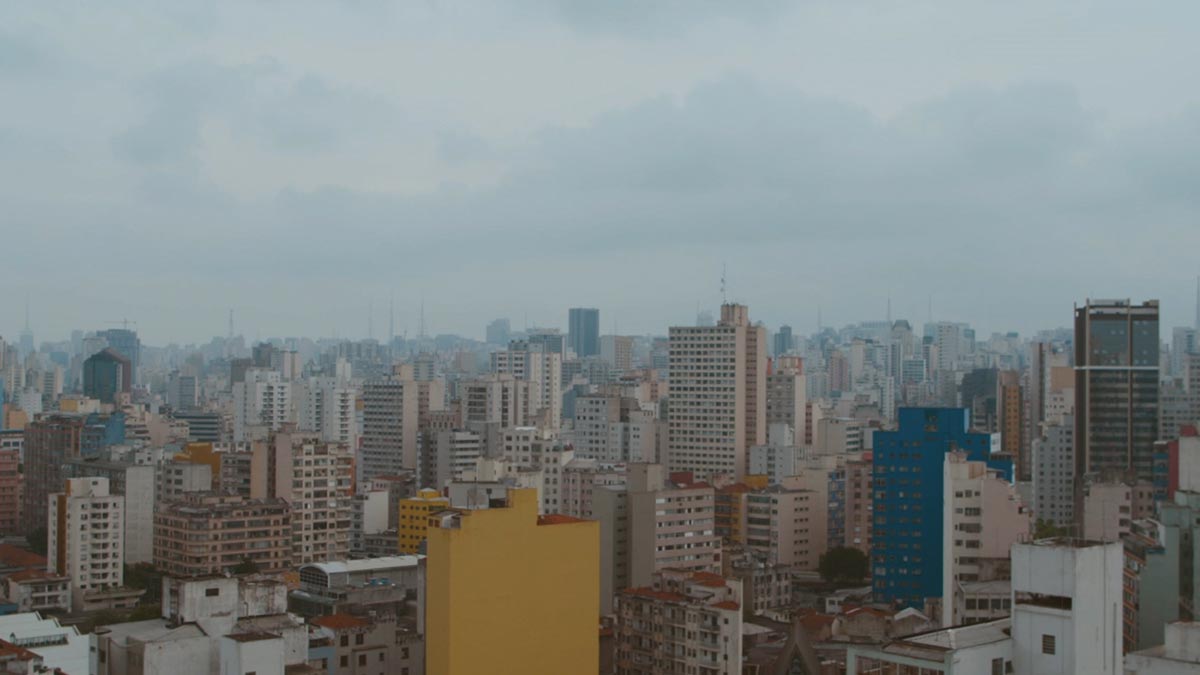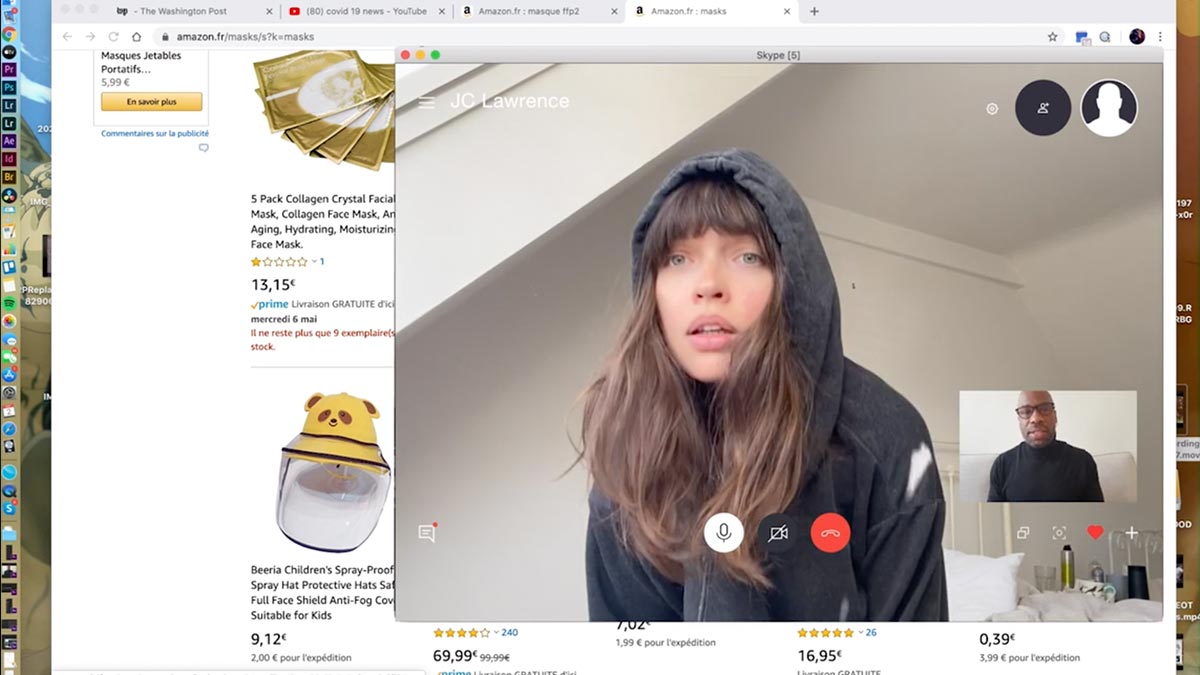While throwing a booze fueled party during the pandemic, a young man is haunted by the suspicion that something horrible happened to the lady across the street – and he might be responsible for it.
“Vis-a-Vis” is a dramedy about responsibility, the pandemic and how it affects our relationships. Directed by Émile V. Schlesser, the film follows five young friends who throw a little party during the Covid-19 lockdown. As their night progresses, they gradually become haunted by the suspicion that something might have happened to the elderly lady across the street – and they might be responsible for it.
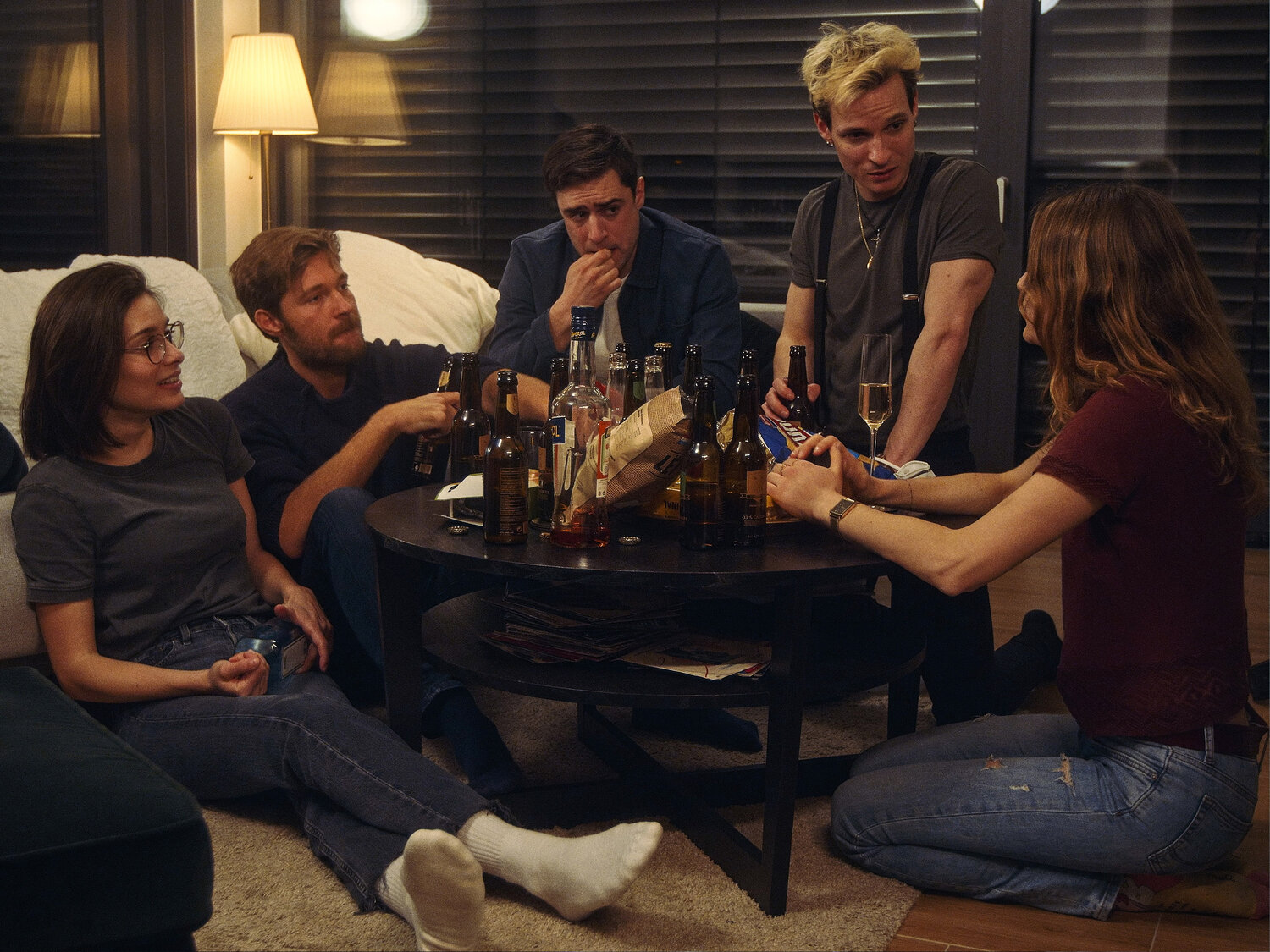
The film is based on an actual experience my friends and myself had last November, during the peak of COVID’s second wave. After being isolated for months due to the lockdown, my girlfriend and me decided we couldn’t take any more solitude. So for her birthday, despite current COVID restrictions, we secretly invited a couple of friends (equally lonely and desperate for human interaction) and drank and danced and laughed all night. When I stepped onto the balcony for some fresh air, I could see lights burning in the neighbor’s window, where an elderly woman lives by herself. It occurred to me that these lights had not been switched off for at least one week. I couldn’t fight this uncanny feeling that something horrible might have happened to her. Despite being pretty drunk and in a partying mood, I suddenly felt guilty for what we were doing that night. This strange emotional place serves as inspiration for this film which hopefully will resonate with many people who might have had similar experiences, feelings and thoughts – in a time where nobody knows what’s going on and no questions are answered.
It’s a tricky balancing act to tell a story about a historic time as it is happening, as we can’t foretell how the film, it’s message, the character’s reactions to the pandemic, and everything around it, will be perceived future audiences. So the best you can do is to basically create a snapshot of the moment and reflect the zeitgeist as candidly as possible. This is how it felt at the time, and it’s a story that happened to many people everywhere. I specifically intended to remain as ambiguous and open ended as possible, since this is the general feeling that’s been resonating since the outbreak – no one really knows what’s going on, there are no unanimous answers to our questions, no absolute truths, just a myriad of mere opinions that are constantly changing.
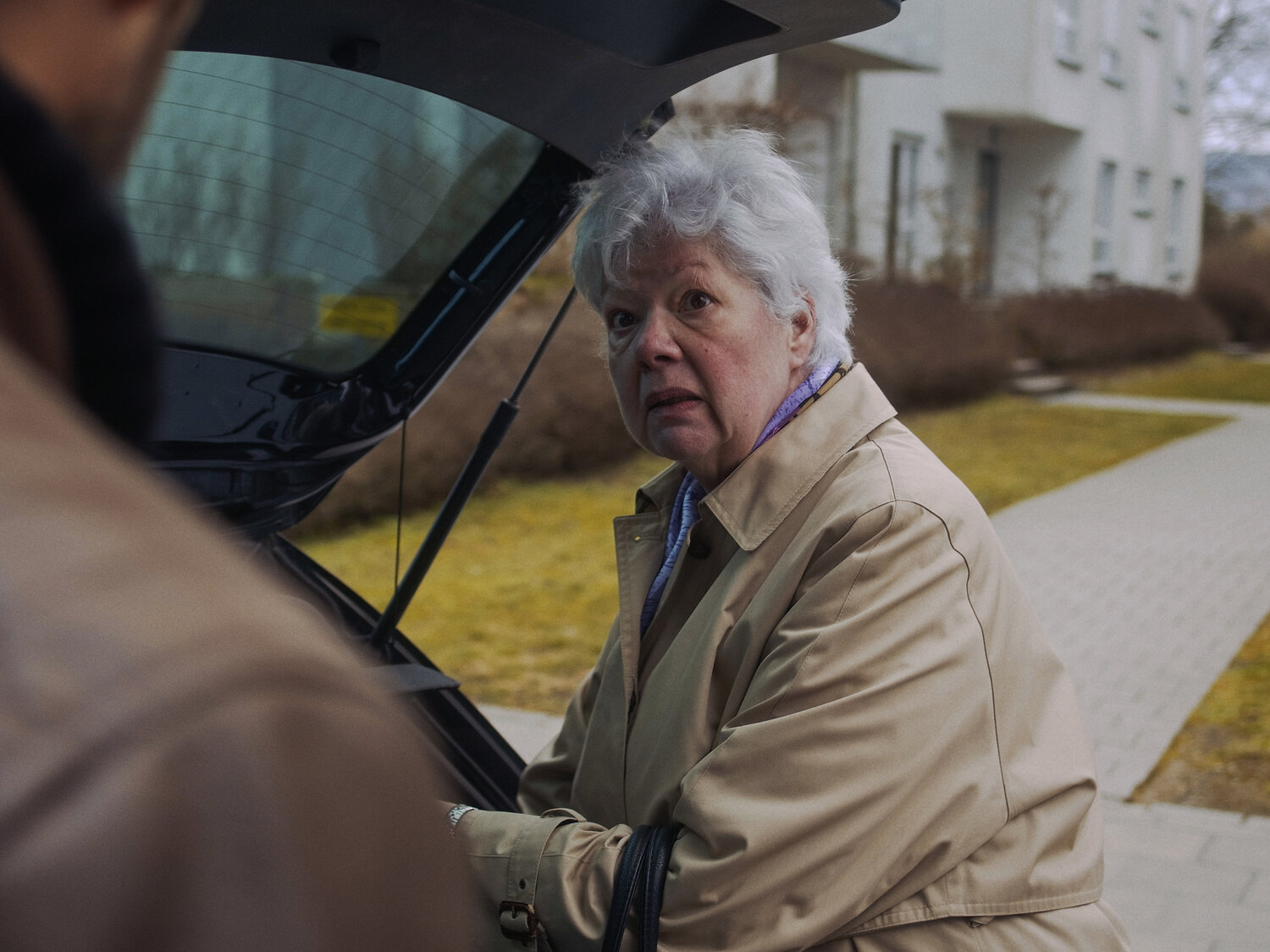
Vis-à-Vis in a nutshell captures the essence of some social dilemmas created by the pandemic. Humans need social interactions, and when kept apart for too long the makeshift rules will start to be broken by some. But braking the rules is just the beginning, which then creates guilt, denials and ultimately lying to one another just to make things feel half normal.
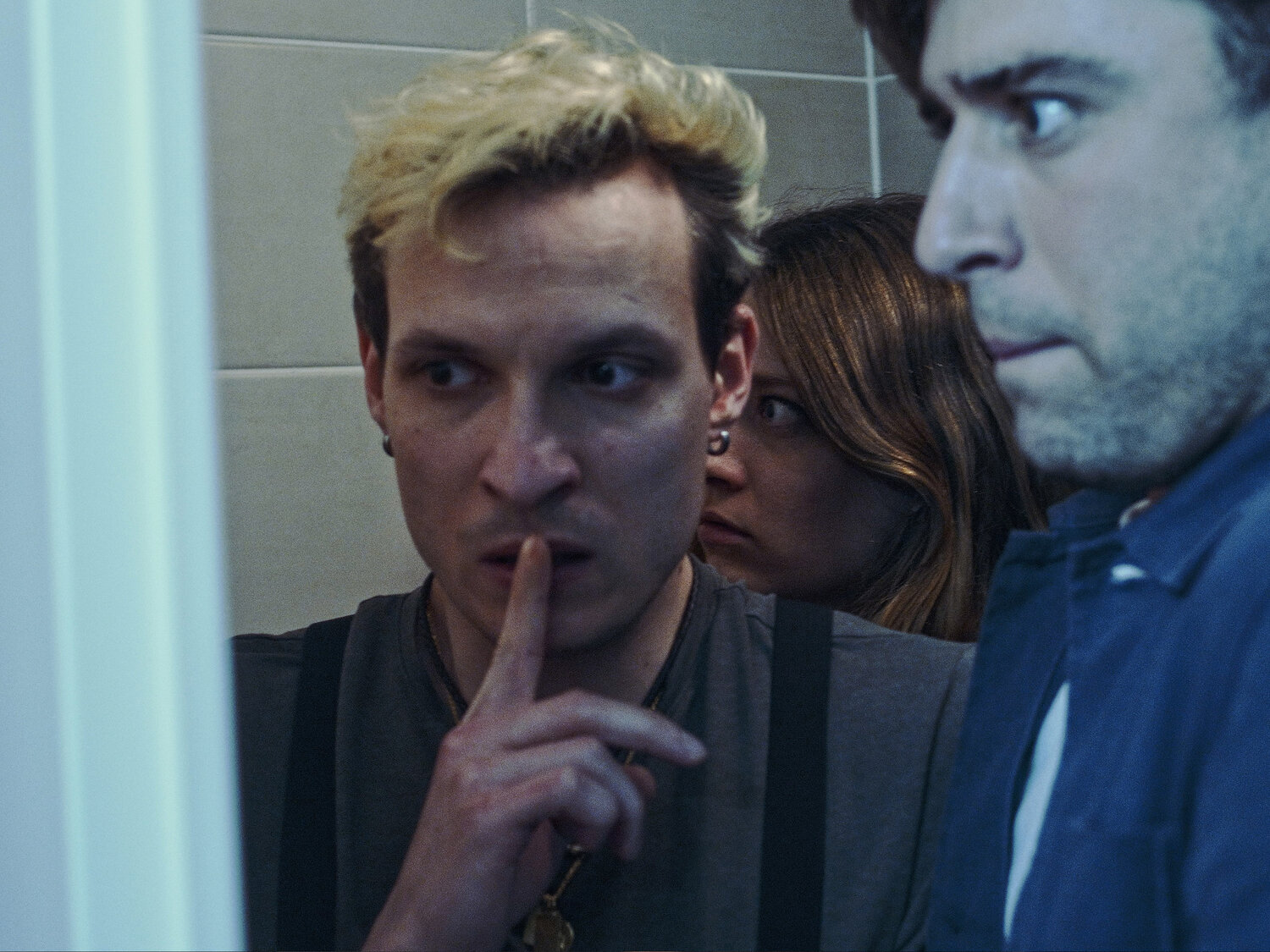
The Equipment of Vis-à-Vis
We shot this project with a minimum of resources, a tiny budget, a couple of friends in front and behind the camera, and my own camera (a Blackmagic Pocket Cinema Camera 6K with vintage Zeiss glass). We shot it at my girlfriend’s appartment where the actual events took place just a few months before. The eeriest thing about the shoot was when during our last day, just before we wrapped photography, the elderly lady across the street reappeared in her appartment after having been gone for five months since the night that inspired the whole story! I still get goosebumps when I think about it.
The film is part of a larger project (called “Filmreakter Quickes“) launched by accomplished filmmakers Govinda van Maele and Adolf el Assal, who united a group of Luxembourgish filmmakers to jointly reignite our lust for moviemaking and storytelling after having not been able to work for a long time due to the pandemic. “Vis-a-Vis” is the first film of this series.


